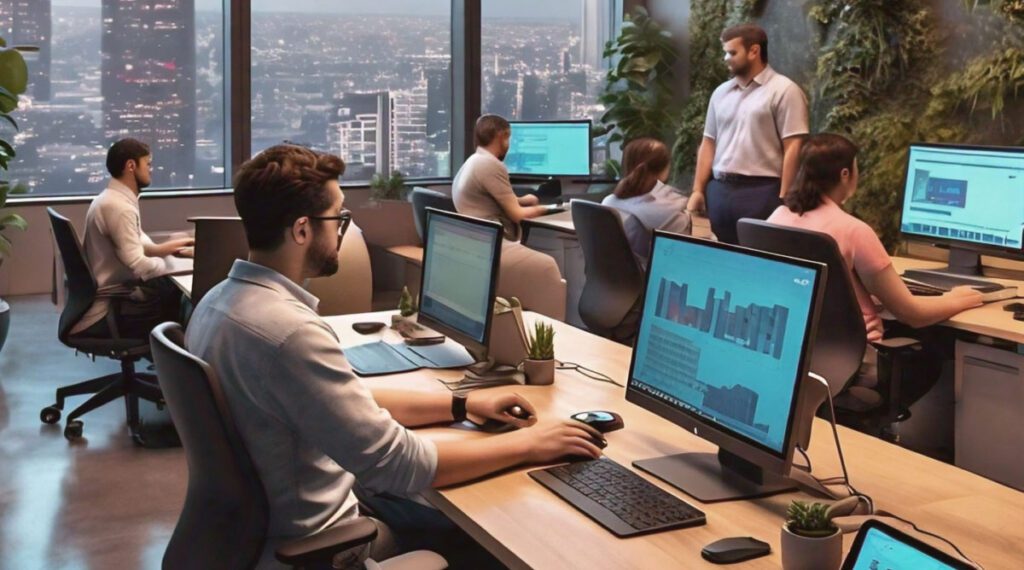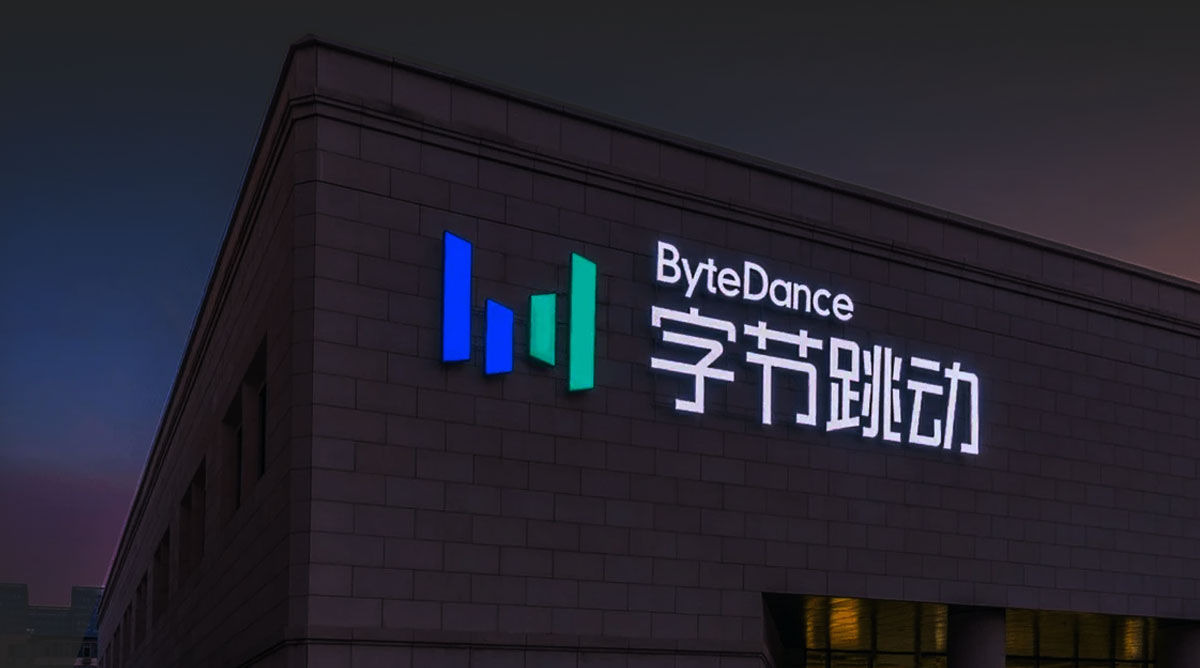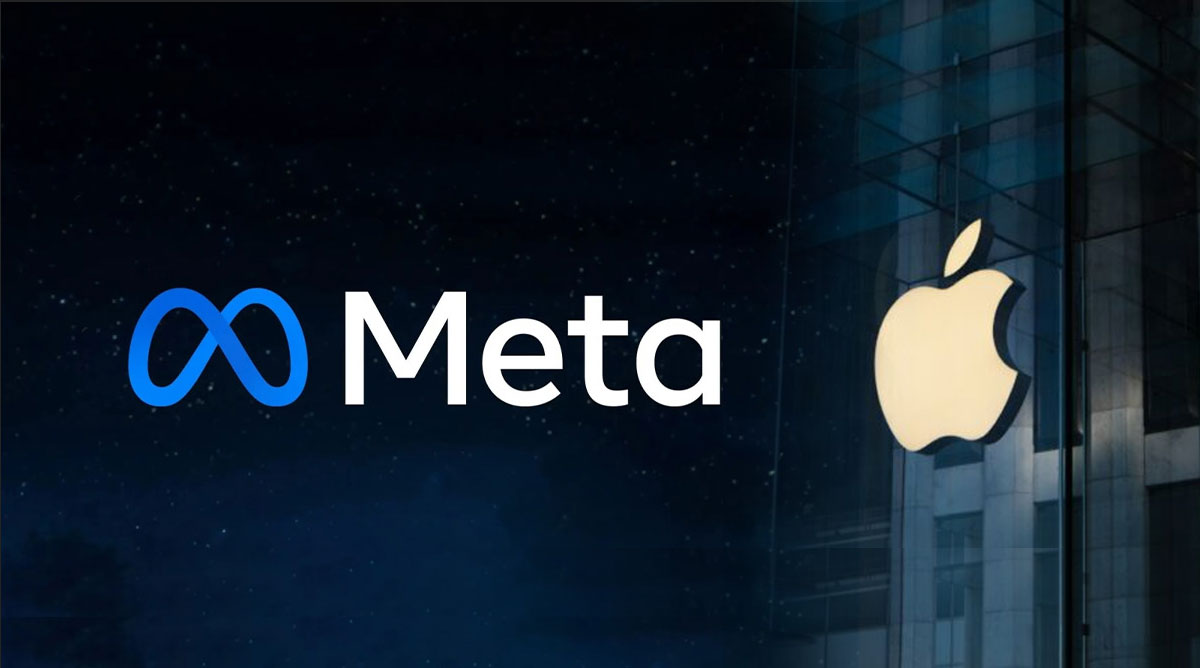Discover how AI is transforming work schedules, promoting flexibility, and fostering a healthier work-life balance.
As a tech enthusiast, I’ve had the privilege of witnessing the continuous evolution of technology throughout my career. From groundbreaking innovations like the iPhone to cutting-edge advancements like 5G, the pace of change in our world is astounding. Amidst this dynamic landscape, one technology has particularly captured my attention—generative artificial intelligence (AI).
Generative AI blends human creativity with machine learning, pushing beyond preconceived limits to generate, imagine, and produce new content. As someone fascinated by AI’s transformative potential across various industries, encountering generative AI has taken my interest to a whole new level.
When I first saw generative AI in action, I was amazed. It seemed to possess its own creative instincts, blurring the lines between human imagination and machine intelligence. While some fear the automation apocalypse, imagining machines creating art, music, or writing that rivals human creativity, I see things differently.
The Impact of AI on Jobs
The 2023 edition of the World Economic Forum’s annual Future of Jobs Report surveyed 803 businesses globally. It found that while 25% believe AI integration will lead to job losses, 50% anticipate job growth. AI will only replace humans if we stop progressing and upskilling alongside it.
Reimagining the 9-to-5 Workday
The traditional 9-to-5 work schedule has long been the norm in the corporate world, but AI advancements are fundamentally transforming this concept. AI technologies are revolutionizing work by allowing flexibility, creating personalized schedules, and reimagining the workday.
Accenture’s manual assessment of 200 language-related tasks aimed to identify which tasks could be automated or augmented through AI. The results showed that generative AI could influence approximately 40% of individuals’ working hours.
Embracing Flexibility
Generative AI helps automate certain tasks within any given role while assisting others—freeing up individuals to focus on more meaningful endeavors. Workers now have the chance to embrace flexible work setups that cater to their personal preferences and productivity patterns. Companies can optimize workflows, automate repetitive tasks, and streamline processes, increasing employee flexibility.
Generative AI also introduces new responsibilities for human workers, such as ensuring the responsible and accurate use of AI-powered systems. This shift creates new job roles like AI system managers, AI ethics experts, and prompt engineers.
The Rise of Remote Work
AI has played a crucial role in facilitating the rise of remote work, granting individuals the freedom to work from anywhere. Advancements in communication and collaboration technologies, combined with AI-driven virtual meeting platforms, have simplified remote collaboration for professionals.
AI-powered remote work eliminates the need for lengthy commutes, reduces overhead costs for companies, and expands opportunities for individuals in remote locations. Organizations can tap into a global talent pool, accessing diverse skill sets and perspectives that fuel innovation and growth.
Redefining Work-Life Balance
The conventional 9-to-5 work model often falls short in achieving a healthy work-life balance. AI is reshaping this paradigm, allowing individuals to manage their time in ways that align with personal obligations and outside responsibilities. Nobel Prize-winning economist Christopher Pissarides suggests that AI could enable humans to work just four days a week.
With flexible work schedules empowered by AI, individuals can allocate dedicated time to personal endeavors like spending quality time with family, pursuing hobbies, or prioritizing self-care activities. By fostering a more harmonious work-life balance, AI boosts employee satisfaction and well-being, improving productivity and job performance.
A Personalized Approach to Work
As AI continues to advance, the rigid 9-to-5 work model is gradually being replaced by a more adaptable and personalized approach. Professionals now have the opportunity to break free from traditional workday structures.
Embracing this AI-driven transformation can lead to increased productivity, job satisfaction, and a more balanced and fulfilling work-life equilibrium. As we move forward, it is essential for individuals and organizations to harness AI’s potential to reshape work hours and unlock the full capabilities of the modern workforce.
More on VOU
The Persistence of Unhealthy Diets in the United States: An Examination
Highlights The State of American Diets Recent research from Tufts University, published in the Annals of…
Here’s Why Refined Sugar is a Slow Poison According to Nutritionists
Highlights White sugar, also known as refined sugar, is a staple in many diets worldwide. While…
ByteDance Teams Up with Broadcom and TSMC to Develop 5nm AI Chip
Highlights: ByteDance’s Strategic Move in AI Chip Development TikTok’s parent company, ByteDance, has embarked on a…
Apple and Meta Eyeing AI Partnership
Highlights Apple and Meta’s AI Vision Apple is reportedly in talks with Meta to explore a…





